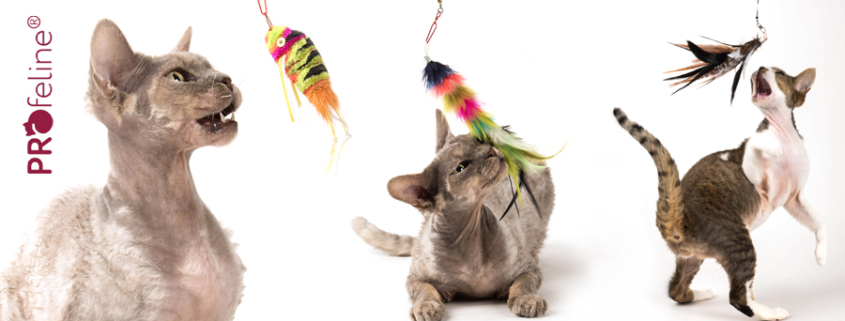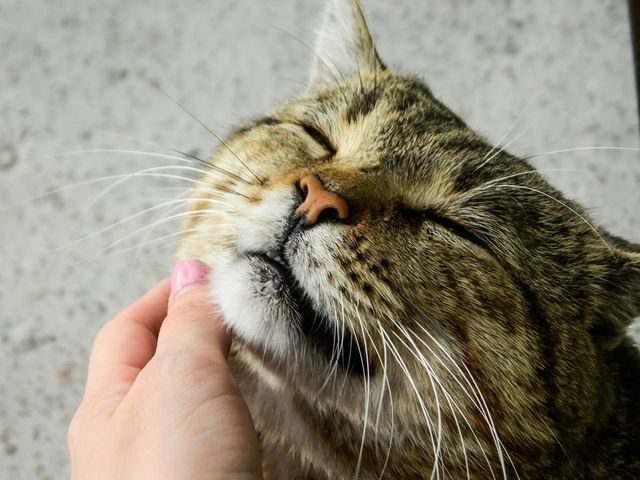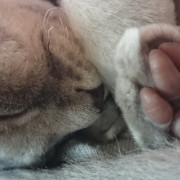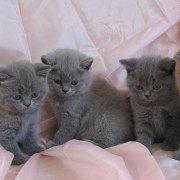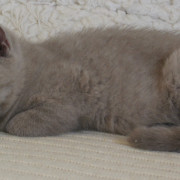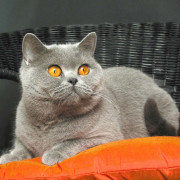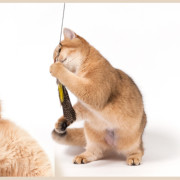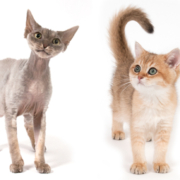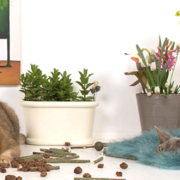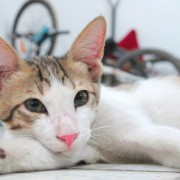Understanding cats better – vocal language
Part 1 – The Vocal Language of Cats
Throughout a human-cat relationship, both parties learn to adapt to each other and generally understand each other quite well. However, misunderstandings can still arise on both sides.
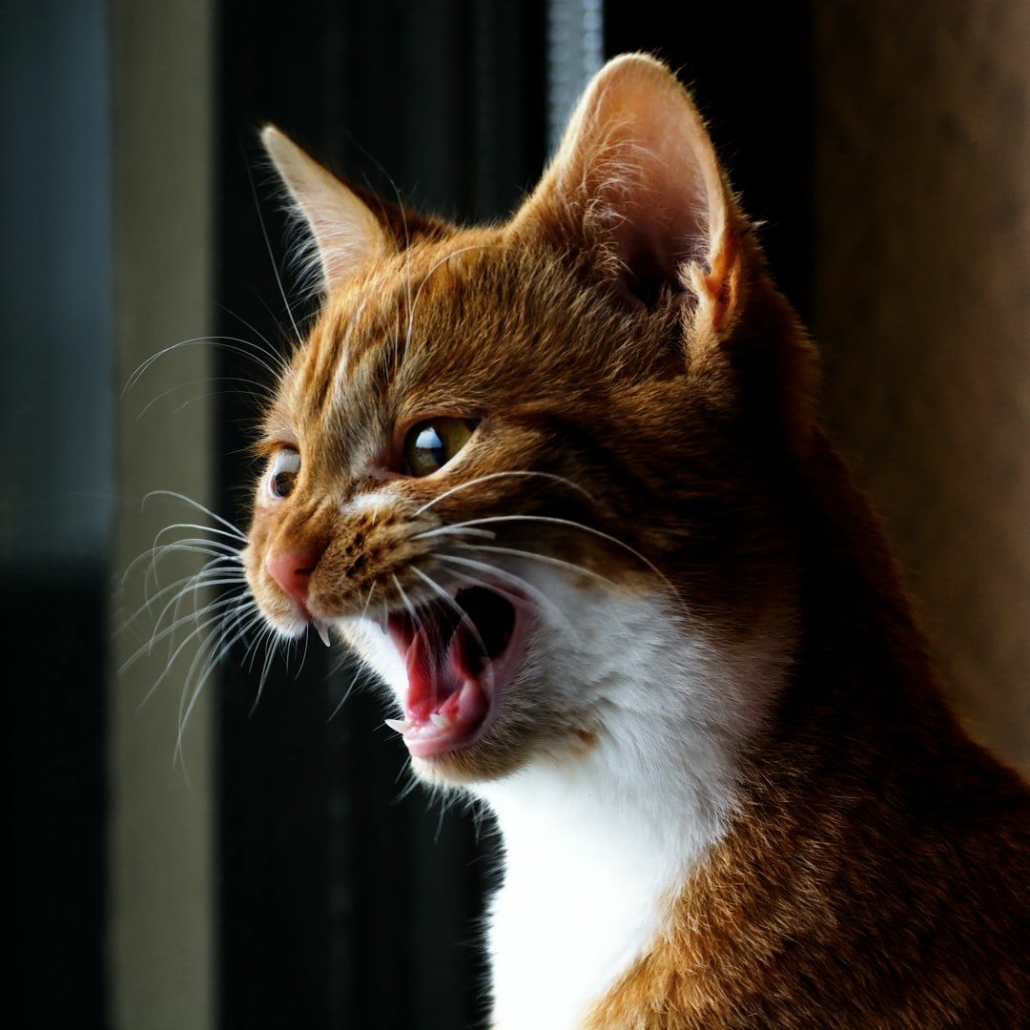 Cats communicate with us using a range of signals, from quite distinct to very subtle and almost imperceptible. One significant and far-reaching communication tool for cats is their body language. Another tool is their vocal language, which we will explore today.
Cats communicate with us using a range of signals, from quite distinct to very subtle and almost imperceptible. One significant and far-reaching communication tool for cats is their body language. Another tool is their vocal language, which we will explore today.
Cats themselves rarely use meowing to communicate with each other. However, they quickly learn that we humans respond to their meowing. Surely you can already interpret your cat’s meows quite well… For example, you recognize the meow when she’s hungry, when she wants to be petted, or when she wants to go outside. As cats age, some develop more stereotypical meowing. This could be related to beginning deafness or even dementia.
Another vocal sound that cats use among themselves is purring. They exclusively use this in a friendly state, as a greeting, to express joy, or as a appeasement signal.
Of course, everyone is familiar with the soothing purr of our cats. Cats purr not only when they feel comfortable, but also when they want to calm themselves (e.g., at the vet) or when they are in pain. It has also been proven that a cat’s purring contributes to healing, such as of wounds or bone fractures. It also has a calming, mood-enhancing, and healing effect on us humans.
A less friendly vocal signal from a cat is snorting (an audible exhale through the nose), expressing displeasure and serving as a warning. This is escalated by hissing. However, hissing is always defensive and means something like “Don’t come too close to me.” This is in turn escalated by growling or rumbling, or even the typical spitting, a more distinct warning. These sounds are meant to increase distance when a cat feels threatened in her personal space.
When cats scream loudly, they are in extreme panic, in great pain, or in a serious fight, a so-called fight for injury, aimed at deliberately hurting the opponent. Before a fight, you often hear typical tomcat calls.
And then there’s the funny chattering that we sometimes hear when a cat sees a bird outside or a fly on the wall. This chattering indicates a high hunting instinct, but also frustration, as the prey is usually out of reach.
As you can see, the vocal language of cats is extremely diverse.
Claudia Fellini
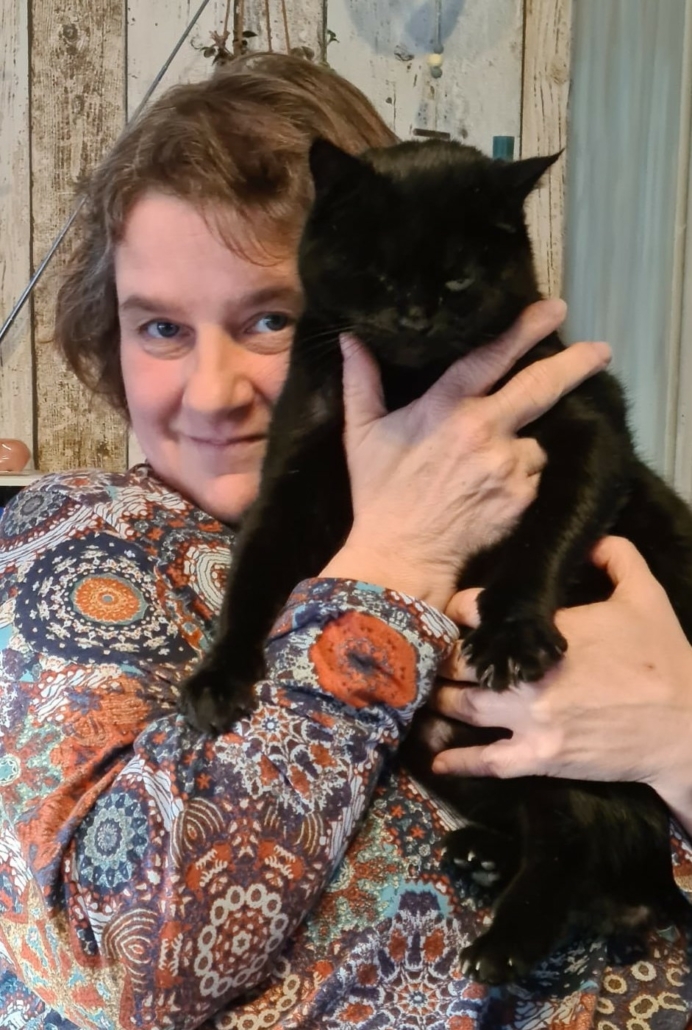 Claudia Fellini from Katzenseelchen[/caption>
Claudia Fellini from Katzenseelchen[/caption>
About Claudia Fellini – Cat Psychologist and Cat Behavior Consultant
Quote from her Katzenseelchen website: “As originally trained as an office clerk, I have enjoyed the company of animals, especially cats, all my life. I live with 3 male cats and a female cat, all of them from animal shelters and each with a unique background.
The nature of cats has always fascinated me, and my love for them not only led me to my involvement in animal welfare, but also to a growing interest in feline psychology. The work of various cat experts, cat professionals, and cat whisperers fascinated me. I was very impressed by what a cat therapist can achieve with specific behavior therapy. I also wanted to understand cat behavior, so to speak, learn and understand the “language of cats,” learn what they need and what makes them happy.” Learn more about Katzenseelchen
Comment from Ulrike Kurz – Ms. Fellini takes care of our cats during our vacations with a lot of love and petting and play sessions like clicker training. Mrs. Fellini is happy to address every special need of our cats. Boris and Lilly receive exciting clicker training – Lilly also gets additional cuddle sessions, and our Maja has access to her beloved garden. So we can enjoy our vacation with a clear conscience – and the furry friends are relaxed and content when we return.
Thank you very much for that!

